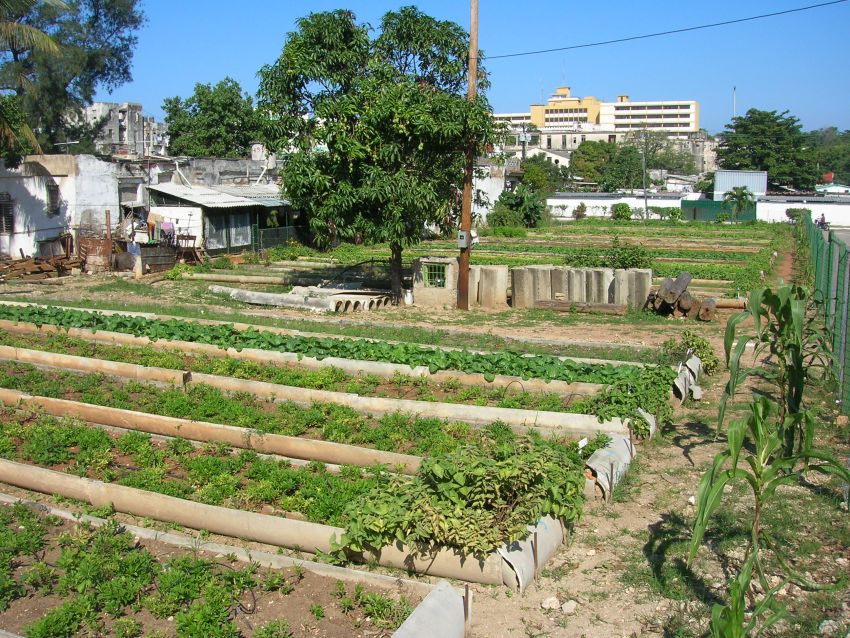
The United Nations Food Systems Summit will meet in New York next month. Its declared aim is to “launch bold new actions, solutions and strategies to deliver progress on… healthier, more sustainable and more equitable food systems.”
The summit could not come at a better time and its conference papers are a goldmine of information. The statistics provided are mind-boggling.
A huge proportion of the world’s population is caught in intertwined epidemics of hunger and obesity.
Twenty-five percent of humanity has no secure access to food. Ten percent live in severe food insecurity, not knowing where their next meal will come from, and 811 million people go hungry every day.
The COVID-19 pandemic has worsened global food insecurity. An estimated 132 million more people have been tipped into acute malnutrition since the pandemic began.
But another quarter of humanity — nearly 2 billion people — suffer from various forms poor nutrition including obesity, with huge negative effects on health. If the current trend continues, 45% of humanity will be obese by 2050.
No UN documents mention the words “capitalism” or “imperialism” in connection with the problem, yet it is not hard to see the effects of the production of food for profit.
Today’s food production system is not an idyllic scene in which farmers provide nutrition to people. Farmers produce a commodity to be sold on the market and it is the various monopoly corporations sitting astride the process that profit.
This means that huge surpluses of food are produced, while vast numbers of people starve.
The UN Food and Agriculture Organization's (FAO) 2020 statistical yearbook shows a huge rise in global food production over the past few decades. Primary grain production increased 50% between 2000–2018. The value of global food production rose more than 68% in the same period, totalling US$3.4 trillion.
The combined profits of the top 10 food processing corporations in 2019 was nearly $550 billion.
Another profit stream is in selling anti-sustainable agricultural inputs. Global pesticide use grew by one-third between 2000–2018 and 190 million tonnes of fertiliser were used in 2018.
More than 50% of the world’s seed trade is controlled by Corteva (formerly the agricultural unit of DowDuPont), Bayer/Monsanto, ChemChina/Syngenta and Limagrain. The greatest profits are reaped from genetically modified seeds.
Food and beverage industry giants Nestlé, PepsiCo, Anheuser-Busch InBev, JBS and Tyson Foods profit from selling unhealthy processed food and sugary drinks. Fat, sugar and carbohydrates mixed with a lot of salt are the cheapest calories to produce.
In 2019, those companies had a combined revenue of $262.7 billion, and the effects of their profiteering are increasingly seen outside of the major imperialist centres. In Mexico, for example, about 73% of the population is overweight.
Obesity is a result of poverty. The FAO estimated in 2017 that a diet with sufficient calories costs $0.79 a day, whereas a diet with sufficient nutrition costs $2.33 per day, and a healthy diet costs $3.75.
Healthy eating is unaffordable for more than 3 billion people.
It does not have to be like this. It is possible to protect the health of both humans and the environment.
The EAT-Lancet Commission, for example, has published research showing that it is feasible to provide a healthy diet for 10 billion people by 2050 without destroying the planet. Their scientific panel advises doubling consumption of fruits, vegetables, nuts and legumes, and halving red meat and sugar consumption.
The Food Systems Summit website has beautiful photos of farmers from around the world, but no indication that those people will have a voice or decision-making power at the conference.
In a pre-Summit meeting in Rome in July, more than 80 countries submitted short statements of their positions regarding the issues at hand.
The United States committed to a worldwide school food program to ensure that every child has access to nutritious school meals by 2030. Cuba reiterated its “willingness to offer our modest experiences” to the world. Even San Marino, with a population of just 33,000 had something to say.
Australia — which last year brought in the biggest wheat crop in 31 years — was absent.